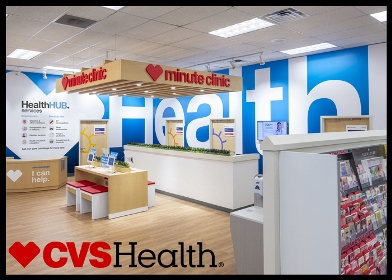September 1, 2022
An Open Letter to Radio (7th Edition),
As we get set to embark on another Labor Day weekend, questions grow louder regarding audience erosion, declining PUMM levels and the corresponding impact on Ratings and Impressions.
Answering the bell is going to require working smarter and harder, both individually and as an industry.
PUMM was in steady decline long before the arrival of COVID.
What’s different in this moment is the growing awareness that although life has returned to normal, millions of workers have shifted to fully remote or hybrid work schedules and that looks to be permanent.
This reality is especially problematic for an industry that relies on commuters to drive consumption and benefits from traffic jams and congestion.

Let’s look at Apple as a cautionary tale. The tech giant built Apple Park, a luxurious $5 billion headquarters, which opened just 5 years ago. Yet, Tim Cook is having problems convincing employees to return to the office just three days per week.
It’s hardly an isolated case in corporate America. Kastle, the company that provides keycard security for 2,600 office buildings and 41,000 companies nationwide, has been closely monitoring office foot traffic.
The Kastle Back to Work Barometer notes that while TSA airport traffic and OpenTable reservations are nearly 90% recovered to pre-COVID levels, workers in high rises and office parks remain less than 45%.
This sustained shift to remote work also has a ripple effect on the radio friendly small businesses in the service sector located in downtown areas and near suburban office parks that exist to serve large concentrations of workers.
All of which begs the question, how do we get more listening?
Radio’s Q Score
For decades, Q Scores have measured the popularity of personalities and brands, but what about radio itself? How’s our consumer appeal and emotional connection these days? Not compared with other stations, but against platforms offering personalization and subscriptions such as Spotify, SiriusXM and/or Pandora?
You can’t see their impact in PPM because these platforms don’t encode, but in diary markets, it’s already being captured.
In market after market, when you compare Analysis Total and Market Total in a Nielsen Ranker, what appears? ENORMOUS LOST LISTENING.
Here’s a typical example, an East Coast CDM market reports 11,800 AQH Persons, 3.3 Rating Points and 27 Shares of A25-54 listening in PRIME that no longer belongs to AM/FM radio.
Realistically, not all of that listening is recoverable from satellite and streaming, but there’s enough to make a meaningful impact on your ratings and revenue. Imagine your cluster recapturing 50% of that listening. That’s 6,000 AQH Persons, 1.7 Rating Points and 13.5 Shares, which is more listening than the Top 2 stations in the market combined.
It’s “game on” for radio in both diary and PPM markets.
For all of the ongoing concerns about PUMM levels and the permanent shift to remote work, help is within reach.
With limited marketing budgets, your first priority is correctly spent focusing on existing heavy radio listeners.
However, as you plan for 2023, there’s an opportunity to develop a one-two punch by also funding the marketing investments necessary to repatriate listening back to your key revenue brands. With a unique and sustained messaging strategy that targets select listeners who have drifted away from radio, there’s significant ratings and revenue growth potential.
The existing marketing messages that resonate with your current audience won’t carry the day with people who have moved away from radio. You need to understand the daily life of these listeners and develop a compelling and personalized value proposition that forms the basis of your marketing strategy to recapture lapsed radio listeners.
Individually and collectively, we’ve got plenty of work to do, which is appropriate as we head into this holiday weekend.
On behalf of Catherine Jung, Tony Bannon, Jen Clayborn and everyone here at DMR/Interactive, thank you for reading and working to drive radio forward.
This open letter is the 7th installment in an annual series that began in 2016 to coincide with Labor Day, radio’s unofficial holiday. Earlier editions are available here: 2016, 2017, 2018, 2019, 2020, 2021.
Onward,
Andrew Curran
President and COO
DMR/Interactive




 Posted by Andrew Curran, DMR/Interactive
Posted by Andrew Curran, DMR/Interactive 
